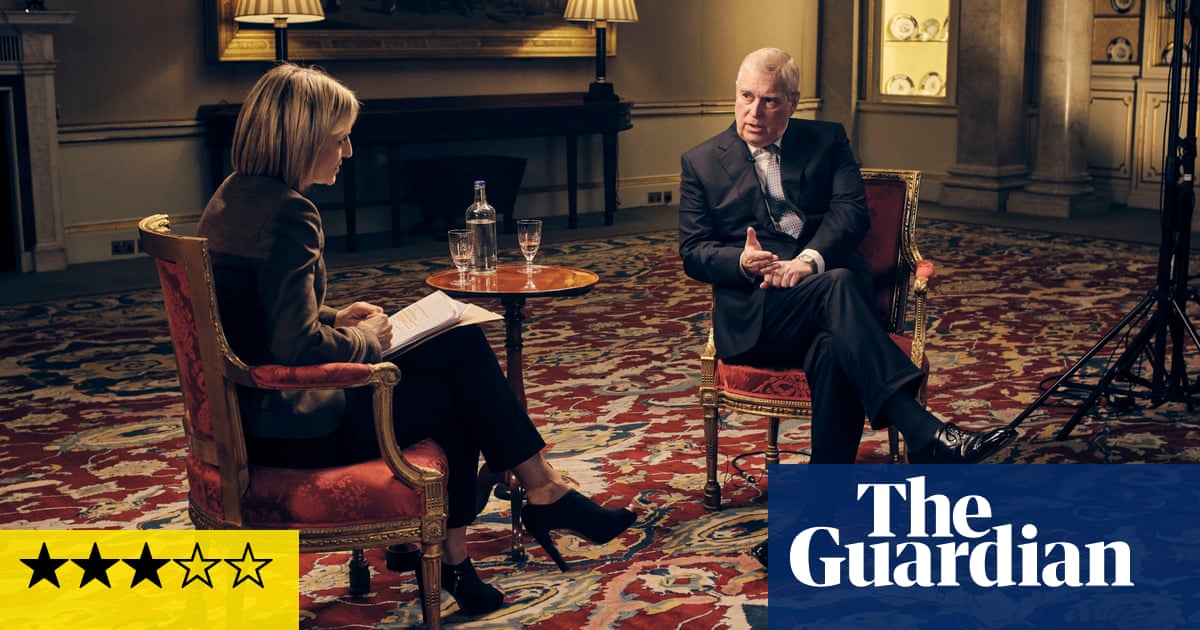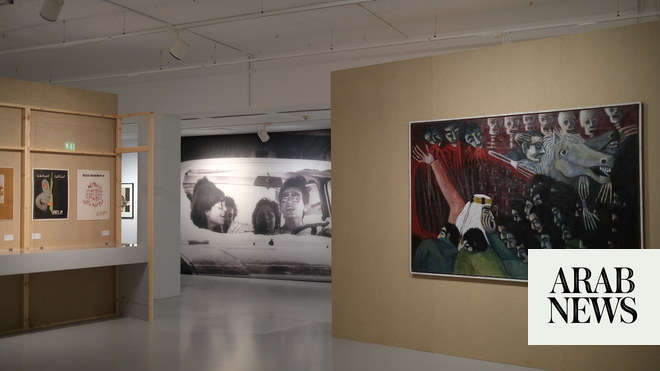
The hotel was named Lebanon’s leading hotel for 2018 at the World Travel Awards. (Photo supplied)
Updated 21 July 2018
Iain Akerman
July 21, 2018 14:07
729
For those in search of glamor, almost every night the wealthy, the stylish and the overdressed can be seen exiting luxury cars
The hotel’s immediate interior is dominated by marble pillars, plush armchairs, fountains and chandeliers
BEIRUT: Of all Beirut’s hotels it is the Phoenicia that looms largest in the imagination. Opulent, brash, sexy, seductive, it is a reminder of what was and what could have been.
It’s hard not to look favorably upon its delicately perforated façades and its shimmering blue and turquoise tiles. It somehow manages to maintain a sense of mystique, a sense of otherworldliness, despite the chaos that frequently unfolds around it.
Much of this, of course, is down to nostalgia. Opened in 1961 at the dawn of Beirut’s Golden Age, the singer Fayrouz performed here in 1962, as did the Egyptian dancer Nadia Gamal. Brigitte Bardot, Claudia Cardinale and Omar Sharif were guests, while the Lebanese beauty queen Georgina Rizk was photographed by the hotel’s oval-shaped pool in 1971.
In many ways the Phoenicia still clings to the remnants of its pre-war heyday, living as much in the past as it does in the present. When the hotel was resurrected from the ashes of civil war in 2000, it clutched much of its original design and character close to its chest, with a further $50 million refurbishment undertaken to mark the hotel’s 50th anniversary in 2011. It is the end result of this later refurbishment that is primarily on display today.
The hotel’s immediate interior is dominated by marble pillars, plush armchairs, fountains and chandeliers, and hovers dangerously close to the ostentatious. Elsewhere it borders on the dowdy or the old-fashioned. Yet a grand and elegant staircase continues to welcome visitors, while lanterns and geometric patterns lend a slight but satisfying sense of location.
Outside, the swimming pool — once an oval-shaped beauty — is set against a backdrop of cascading waterfalls. It is more politically correct than its 1960s predecessor, under which could be found a subterranean bar called Sous la Mer, but it is nevertheless at the heart of much of the hotel’s continued appeal.
From the shade of the pool’s colonnades you can see the old St. Georges Hotel, designed in the 1930s by Parisian architect Auguste Perret, while Zaitunay Bay and the edge of the Mediterranean are a stone’s throw away. It is because of this location and these views that the Phoenicia retains much of its appeal, regardless of its 446 rooms and suites, spa, shopping arcade and banqueting area.
Of the hotel’s three buildings, it is the original, designed by the architects Edward Durell Stone and Joseph Salerno, that is the hotel’s aesthetic pinnacle. Combining elements of high modernism with Mughal and Muslim architecture, it is where you should stay if given the choice.
You buy into many things when you stay at the Phoenicia, which was named Lebanon’s leading hotel for 2018 at the World Travel Awards. History, of course, and location, but also a level of abundance that is not readily available elsewhere in the city.
Breakfast is a fabulous affair. Manakish are freshly cooked on a dome oven, eggs are prepared in front of you, while separate stations serve everything from a dizzying array of olives and salads to cheese, labneh, foul, sausages, honey and smoked salmon. There’s even Oum Ali and kanafeh.
For those in search of glamor, almost every night the wealthy, the stylish and the overdressed can be seen exiting luxury cars and heading to all manner of social gatherings. They dine at the Mosaic and Amethyste restaurants, or at Eau De Vie, a lounge bar and grill situated on the 11th floor. None of this, of course, is cheap. If nothing else, the Phoenicia experience comes at a price.












